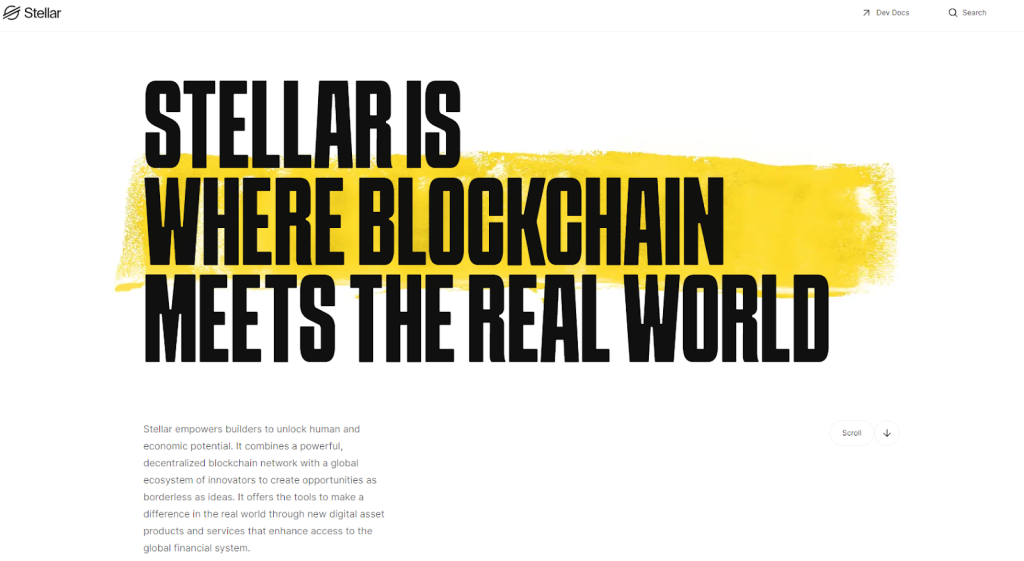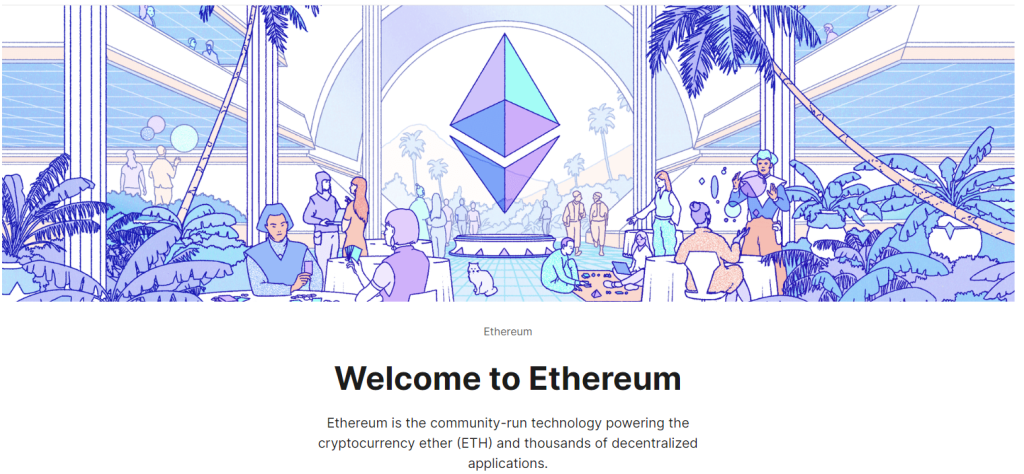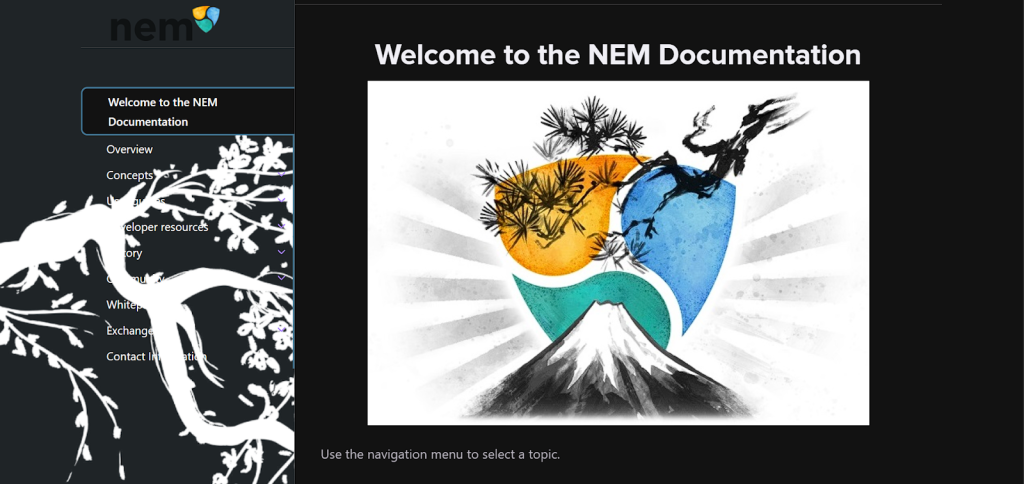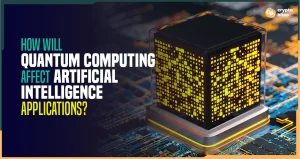
Blockchain Platform List – Top 10 Blockchains in 2024
In our world, centralized technologies have long been the norm.
However, blockchain‘s importance is growing steadily.
It started in 2009 as Bitcoin but has since become a mainstream technology with various uses beyond just cryptocurrency.
Originally disrupting banking, blockchain is now being explored in various sectors, including software development.
Businesses are catching on to the potential of blockchain platforms due to their increasing demand.
Industries like healthcare, supply chains, logistics, and more are adopting blockchain for its efficiency and transparency.
Research predicts that by 2026, the blockchain market will be worth $67.4 billion.
Experts anticipate the blockchain market to reach $39.7 billion by 2025.
The global blockchain market is expected to grow to $39.7 billion by 2025, with a yearly growth rate of 67.3%.
The blockchain revolution is underway, with the market projected to hit $1,431.54 billion by 2030, growing at an impressive rate of approximately 85.9% from 2022–2030.
As of July 2022, there were 83,434,000 blockchain wallet users worldwide.
Spending on blockchain solutions is forecast to reach $11.7 billion by 2022.
Different types of blockchain platforms have played significant roles in driving this growth.
All signs point to one thing: blockchain is here to stay.
That’s why we’ve compiled a list of the top 10 blockchain platforms to watch in 2024. Let’s dive in!
Top 10 Blockchain Platforms
Here are the top 10 blockchain platforms, according to our experts. With integrated building blocks, these are perfect for developers and businesses.
1. IBM Blockchain
IBM is at the forefront of the blockchain market with its IBM blockchain network 2.0 beta.
This platform lets companies from various industries develop blockchain applications.
You can test out IBM’s 2.0 beta version for free.

It offers a fully managed blockchain-as-a-service solution, allowing users to set up their blockchain components in an environment of their choice.
With the IBM Blockchain platform, users can establish, utilize, and expand their blockchain network.
Since IBM is a major player in cloud services, you can seamlessly integrate and manage other cloud services you use, such as VoIP and cloud storage applications.
2. Tron
Tron operates as a system built on blockchain technology.
Its main purpose is to enable users to create decentralized applications and trade media assets.
The TRX currency serves as a means to access specific features within the Tron operating system.

Essentially, TRX is primarily used within the Tron platform.
Tron was developed with a specific aim: to help content creators receive fair compensation for their efforts.
The platform operates on several principles, including the idea that all data within it is transparent and not controlled by any central authority.
Content creators have the opportunity to earn digital assets, such as TRX or other tokens based on TRX, in exchange for their contributions.
3. Hyperledger Fabric
Hyperledger Fabric is a special type of blockchain framework made for big businesses.
It’s part of a larger project called Hyperledger, run by the Linux Foundation.
This framework was built specifically for business purposes from the very beginning.
It’s got a lot of different parts that can be added or removed easily, making it flexible.

This kind of blockchain works best when it’s used in private setups, which helps keep things safe and fast.
It’s also designed to handle different kinds of data setups, like accounts or transactions.
With Hyperledger Fabric, you can keep transactions private by putting them in special channels or sharing private data only when needed.
Plus, it’s known for being fast and reliable, with quick transactions and confirmations.
Big tech companies like Amazon, IBM, Google, Microsoft, and Oracle all support and work with Hyperledger Fabric.
4. Steller
Stellar is a payment protocol based on digital currency technology.
Every day, it processes millions of transactions.
It allows for quick cross-border payments between any two currencies.
Stellar shares similarities with other blockchain-based coins.

Stellar.org, or the Stellar Development Foundation, is a non-profit organization focused on financial inclusion, tool development, and social projects within the Stellar system.
The team at Stellar develops software for the Stellar network, but the software operates independently of the organization.
Stellar also offers the ability to create, trade, and send digital representations of various currencies, such as dollars, bitcoins, pesos, and more.
This blockchain platform is owned by the public, as a small fee is associated with each transaction to cover its execution costs.
The fee is not designed to make a profit; instead, it helps deter malicious behavior.
5. Neo
Neo, previously known as Antshares, went through a big change in 2017 when it became Neo.
It’s an open-source blockchain platform aiming to create a “smart economy” using blockchain and smart contracts for managing digital assets effectively.
Neo’s main goal is to lead the way in building a “smart economy” with blockchain.

This means using smart contracts to handle digital assets, making asset management easier through automation.
Neo gained attention in the blockchain community for its advanced features.
It offers a comprehensive set of features right from the start.
This means developers have all the tools they need to create fully decentralized applications.
But what really sets Neo apart is its advanced interoperability.
This allows users to connect with the wider global blockchain network.
In 2021, Neo made a significant leap forward by moving to N3, the most powerful and feature-rich version of the Neo Blockchain so far.
This upgrade marks a major milestone for Neo and aims to offer the industry’s first all-in-one blockchain development experience.
6. Ethereum
Ethereum is a global software platform based on blockchain technology, known for its popular cryptocurrency, ETH.
This platform acts as the foundation for various applications, organizations, and digital assets, allowing anyone interested in blockchain technology to use and build upon it.

Ethereum has evolved significantly with Ethereum 2.0, also known as “Serenity.”
A major change in Ethereum 2.0 is the shift from the proof-of-work (PoW) to the proof-of-stake (PoS) consensus model.
In September 2022, Ethereum made this shift, marking a significant change in the blockchain world.
This transition comes with several advantages, including a reduced environmental impact, improved scalability, and faster transaction processing.
It’s important to understand that “Ethereum 2.0” is now considered an essential part of Ethereum’s ongoing development, not a separate entity.
7. Hyperledger Sawtooth
The Hyperledger Sawtooth platform is a free-to-use blockchain platform made by the Hyperledger and Linux foundations.
It works using a consensus mechanism called Proof of Elapsed Time (PoET) and Practical Byzantine Fault Tolerance (PBFT).

This platform is particularly good for making distributed ledger networks and applications.
What makes it effective is that developers can set business rules for their blockchain apps using their favorite language, making the process of creating blockchain apps smoother.
8. Quorum
Since 2015, J.P. Morgan has been developing Quorum, a platform based on Ethereum, to handle situations where fast transactions and confidentiality are crucial.
Quorum works alongside Ethereum and is designed to evolve alongside it.

Unlike Ethereum, Quorum doesn’t use Proof of Work (PoW) for reaching consensus.
Instead, it uses various methods, including voting, to process thousands of transactions per second, depending on the setup of smart contracts and networks.
Quorum is efficient at incorporating changes to Ethereum because it only modifies Ethereum’s core to a limited degree.
9. Multichain
MultiChain is built on the technology of Bitcoin. However, it’s open source.
It’s easy to use and allows the creation of custom blockchains, whether for private or public use.

MultiChain offers a practical mix of features and improvements designed for businesses and regular users.
It seems promising for handling local assets and storing larger amounts of data.
For consortial blockchains, it provides an alternative but unique solution with consensus-based permit management.
Customizing the chain is as simple as editing a basic text file using multichain-util.
Make sure to do this before using MultiChain for the first time, as parameters cannot be changed once the network is fully established.
10. NEM
NEM, short for New Economy Movement, is a technology platform created to make managing assets and data easier and cheaper.
It started in 2015 and is managed by the NEM Foundation.

NEM has its cryptocurrency called XEM.
The main aim of NEM is to improve the Blockchain system.
It does this with two main ideas: proof-of-importance (POI) and harvesting.
POI looks at how much users are invested in NEM, showing genuine interest.
One great thing about NEM is its “Smart Asset System.”
This system lets users easily create and manage different digital assets, called “mosaics.”
These mosaics can represent many things like money, stocks, or points.
NEM also has lots of useful features, like multi-signature abilities, a node reputation system, and smart contracts that can be programmed.
These features help NEM handle complicated business situations while staying safe and efficient.
To be both fast and secure, NEM uses a consensus method called Proof-of-Importance (POI).
Unlike other systems like proof-of-work (POW) and proof-of-stake (POS), POI looks at how active and helpful users are in the network.
This makes the network faster and safer.
Conclusion
Finishing our review of the top 10 blockchain platforms shows how much blockchain is changing things.
There are more than 23,000 different cryptocurrencies out there, and blockchain platforms can handle thousands of transactions every second, which opens up a lot of possibilities.
It’s important to keep up with the latest developments as blockchain technology keeps changing.




